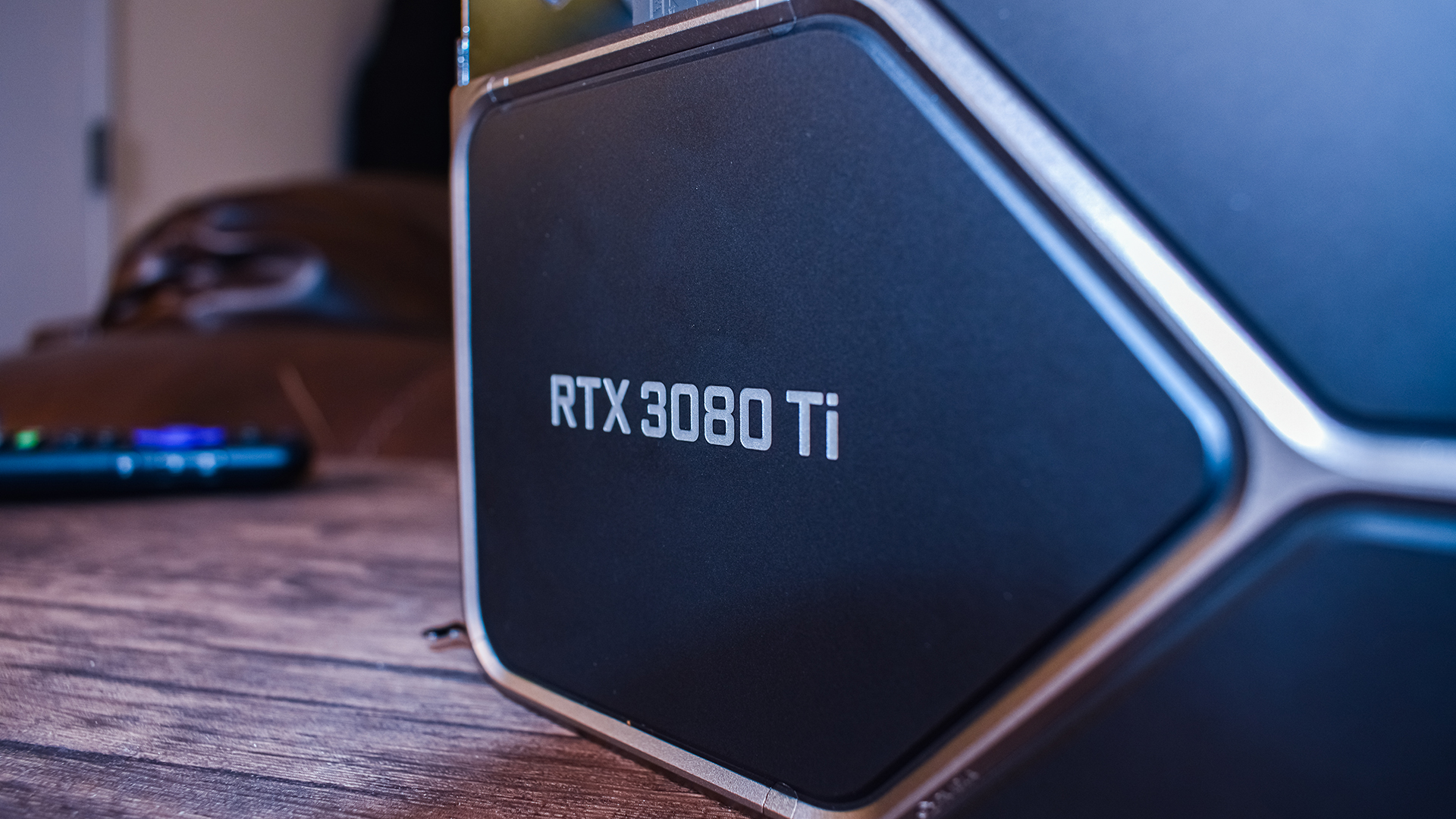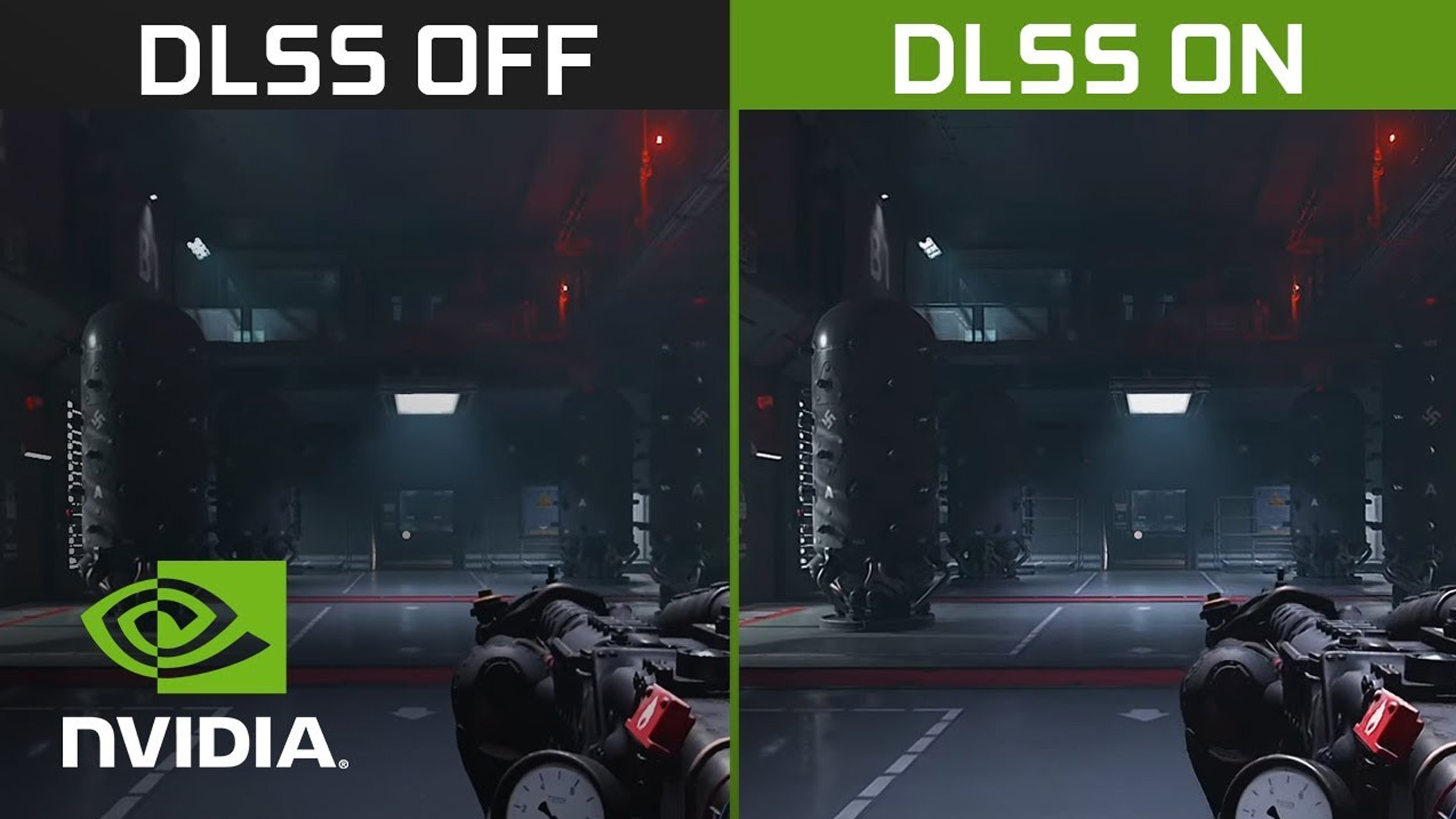CES 2022 was a great example of the changes coming to PC gaming
Analysis: laptops are the future as gaming PCs become more niche

CES 2022 is on the way out, and it was another odd year for the show as we all covered it from the comfort of our chairs, rather than endlessly running between different hotels in Las Vegas. However, what felt exceptionally strange is how much of the PC gaming presence at the show revolved around the best gaming laptops.
While the gaming PC isn’t going anywhere – we got our fair share of exciting components like the Nvidia GeForce RTX 3050 and some juicy gaming monitors like the Alienware AW3423DW – when you turn to the three giant PC hardware companies, AMD’s, Intel’s and Nvidia’s presentations revolved mostly around laptops, even if there were bits of desktop news laced in there.
It’s entirely possible that this is because CES is a show for the tech world at large, and laptops in general are more mainstream-friendly than a hulking gaming PC. But it goes further than that.
In the face of a global silicon shortage that’s been going on for two years now, gaming laptops are starting to become one of the easiest ways to get into PC gaming, where traditionally it’s always been the other way around.

Building a PC is expensive now
When I built my first PC with my own money, I was able to build something that was more than powerful enough to play the latest games for just under $1,000. Of course the hard-to-run monster of a game at the time was The Witcher 2, but I was able to run it at 1080p and high settings – though of course without the Ubersampling that’s still hard to run today.
However, with how expensive graphics cards are right now and scaling that to 1440p, that’s just not possible anymore. The go-to 1440p graphics cards right now are the Nvidia GeForce RTX 3070 and the AMD Radeon RX 6700 XT. The former is listed on Newegg right now for about $1,000 – the price of my first PC by itself – and the AMD card is sitting around the same price on Amazon. And that’s before you even mention a high-end card like the Nvidia GeForce RTX 3080, which will set you back $2,000 before you even think about buying any other parts.
While AMD and Nvidia both announced some reasonably priced graphics cards at CES 2022, it’s kind of hard to get excited for them since they’re likely going to be sold out almost immediately.
Sign up for breaking news, reviews, opinion, top tech deals, and more.
During a roundtable discussion at CES 2022, AMD CEO Lisa Su was even asked by Gordon Ung at PCWorld about why gamers should be excited for a $200 GPU right now when it will likely just see its price inflated after a day. Su assured us that “we [AMD] did ship a lot more desktop GPUs in the second half of '21 than we did in the first half. So not everyone has gotten them, but more people have definitely gotten them in the second half of '21. And you're going to see many more in 2022.” And AMD plans to have more availability when the GPU comes out. AMD CVP Laura Smith expanded on that saying that the relatively low specs of the 6500 XT should mean that the crypto market won’t impact availability as much.
But these are all things we’ve heard before, and while I do think that the silicon shortage is going to come to an end eventually - it probably isn’t going to happen for a while, at least until more foundries come online to help supply the huge demand that semiconductors have in 2022.
In the meantime, as manufacturing catches up with the demand, my recommendations to friends and family have changed completely over the last couple of years.

Gaming laptops are cool now
Like anyone that is a little too into computers, everyone in my life constantly comes to me asking for advice around PCs – whether something is broken or they just want to know what to buy. Plus, recommending tech is literally what I do for a living, so that helps too.
But if we were to rewind to 2019, my default recommendation for someone looking to get into PC gaming probably would have been to build a PC. It’s a fun project, and back then you could piece together a pretty decent build, thanks to affordable GPUs like the Nvidia GeForce GTX 1660 Super.
And generally speaking, gaming laptops were just never a good deal from a value perspective at the time. They’d cost way more than a desktop for a similar level of performance, and were usually too bulky to be portable enough to make up for the difference in cost and framerates. That’s all changed in the last few years.
Now, if you’re looking for a gaming laptop, you can get a pretty excellent one for about $1,000 / £1,000 / AU$1,500, especially if you are looking for 1080p gaming performance. For the first time in years, though, you can’t really build a gaming PC at that price that can offer comparable gaming performance. So while a prebuilt gaming PC is still a slightly better value than a gaming laptop, portable devices are becoming more and more affordable.
At the same time, gaming laptops are becoming more attractive, too. Thin and light gaming laptops are increasingly the norm, and during the AMD CES 2022 keynote, we heard how that segment has grown three times. Gaming laptops like the Alienware X14, the Razer Blade 14 and the Asus ROG Zephyrus G14 are changing what gaming laptops look like. Now it’s something you can carry around in your backpack without needing to schedule back surgery a few months later.

The software is helping a lot
When Nvidia announced the GeForce RTX 2080 in August 2018, it spent a lot of time talking about both ray tracing and DLSS, particularly the former. While a lot of us (myself included), initially paid more attention to ray tracing, thinking it would be the game-changing technology of the two, it cannot be understated how important upscaling technology like DLSS has become. If CES 2022 has been any indication, it’s about to become even more important.
Both AMD and Nvidia now have special upscaling tech, and Team Red announced a second one called Radeon Super Resolution. It’s a less effective version of FSR that’s driver-based. That sounds unexciting on the surface, but it will allow upscaling in pretty much any game you want to enable it in.
Then there’s Intel; its Arc Alchemist GPUs haven’t even hit the market yet. Even ahead of entering the discrete GPU market for the first time, a pretty decent portion of Team Blue’s CES 2022 keynote was focused on XeSS, Intel’s answer to DLSS and FSR. With how complicated and beautiful the best PC games are becoming – just look at Battlefield 2042’s visuals and the high requirements of Dying Light 2 – upscaling is going to become the future. After all, you can never have enough performance in the world of PC gaming.
While these software solutions are a benefit to gamers that are running desktop PCs, they’re a godsend for the best gaming laptops. As we see more flagship devices shipping with 4K displays, this kind of technology is absolutely essential to drive high resolutions, and it’s going to become even more important over the next few years.
That’s why I applaud Radeon Super Resolution. To be clear, it’s not going to be anywhere near as effective as DLSS. Nvidia’s upscaling tech is the best in the market right now, and the latest titles that include it look so good that it’s silly to not use it, even if you don’t need the extra performance to hit 60 fps. But with DLSS, game developers still need to program in support on an individual game basis. RSR, on the other hand, should make more games more accessible, which is exactly what we need right now.
I hope that Nvidia has a similar iteration of DLSS in the works sometime soon. I don’t know how it would work, but I’ve been asking Team Green for a driver-wide DLSS implementation since I first saw it four years ago. With how fast gaming laptops are growing, and with how pretty games are getting, now would be the perfect time to start working on something like that.
Hopefully by CES 2023, the changes we’ve seen will grow into something beautiful that makes PC gaming accessible to everyone again. Even if that falls to software solutions rather than raw hardware like it has in the past.
- Check out all of TechRadar's CES 2022 coverage. We're bringing you all the breaking tech news and launches, everything from 8K TVs and foldable displays to new phones, laptops and smart home gadgets.

Jackie Thomas is the Hardware and Buying Guides Editor at IGN. Previously, she was TechRadar's US computing editor. She is fat, queer and extremely online. Computers are the devil, but she just happens to be a satanist. If you need to know anything about computing components, PC gaming or the best laptop on the market, don't be afraid to drop her a line on Twitter or through email.